tchgtr
Well-known member
Spiffy is an understatement...
...very nice!
...very nice!
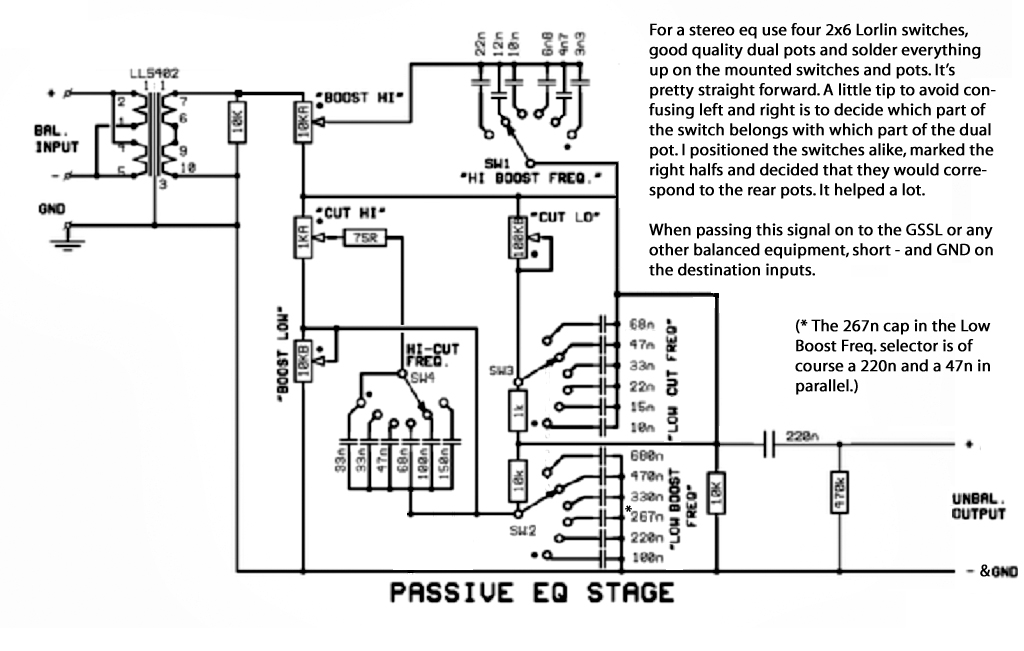
Kingston said: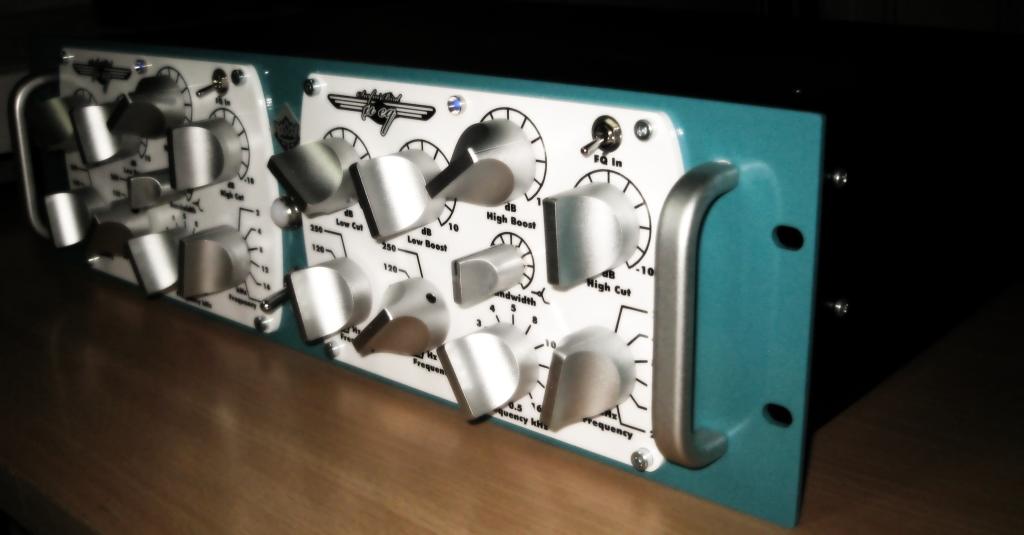
I wanted a passive EQ, but was never happy with the related projects floating around here. None of them had a tube make up stage adequate for my needs.
Design target: Little or no-feedback, no tricks, one fat dual triode per channel. If it doesn't sound good, time to get a new hobby.
I took some passive filter network I found floating around here, and made my own PCB for it, and also created a somewhat generic passive B+ PSU with regulated heaters type PCB. I made my own revision of the g-pultec SRPP stage, but found out that it had inadequate gain for the task. Sound was ok, but with the transformer I chose it was down -5dB from unity. I could always boost gain before the EQ, but then I also found the SRPP stage would start to crap out when pushed. Decent sounding distortion, sure, but not the type I was looking for.
Then I made a reasonably generic PCB for a dual triode tube with two common-cathode stages (no-frills standard implementation) with optional global feedback around them. There's room for LL5402 for the simple reason that I have some of these available for various projects and that they have great price-performance ratio. Many others would work obviously. For this task ECC99 (or its 6N6P russian variant) was a good choice because driving LL5402 (or some similar 2:1 ratio output) and still getting low impedance and low enough distortion is a piece of cake for it. It's true that heater requirements are high, and that the first common-cathode stage now has a bit low gain and far too much drive. But what the heck, lets waste it for good sound. ECC99 is very linear, and that's why I wanted it here. No global feedback necessary with adequately high B+ voltage.
I'm now able to get the "invisible" tube distortion I've always been looking for. No more small-triode 12AX7 shrill distortions for me. I experimented around with the stages (biasing, plate swing, feedback, cathode bypass) quite a bit, and eventually landed a nice combo with about 0.3% THD overall. I could have less, but then what's the point of using this fat linear triode if I can't hear the good stuff. 0.6% THD was already a bit too much warm butter for my taste. Balancing gear for both mastering and tracking duties is a tricky thing to do. Swimming in this type of distortion (around 1% THD) works for all tracking duties thinkable, but only for like one quarter of different types of mixdowns. Maybe next time I'll do some complex relay switch to get two distinct saturation points.
This is the SRPP PCB I had before resorting to redesigning the whole gain stage:
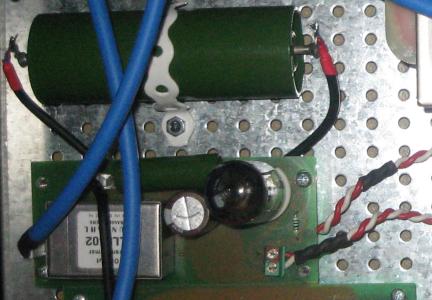
Here's the finished thing with the fat gain stage:
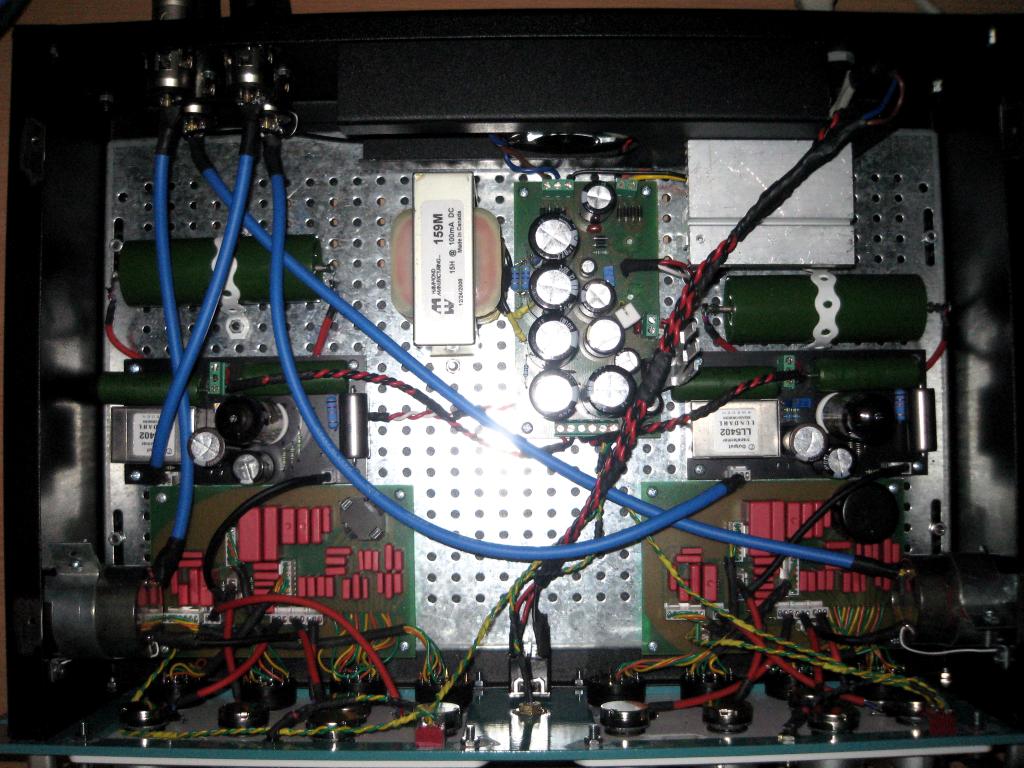
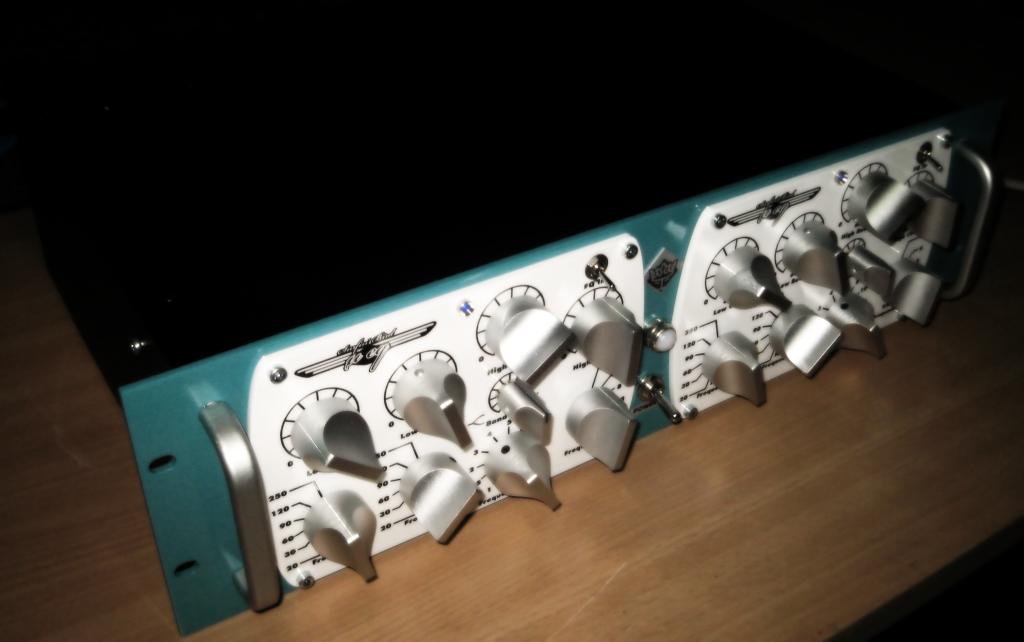
ChrioN said:Looks cool! Interesting that you can hear a difference between 0,3 and 0,6% distortion.
Kingston said:I will post a quick schematic of the output stage later.